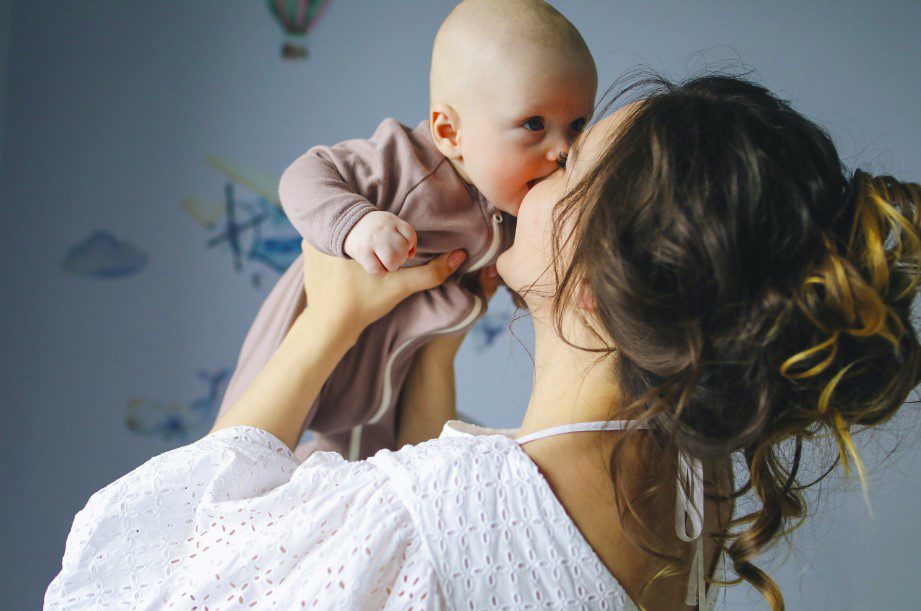Primary emotions in children refer to the basic and instinctual feelings that emerge early in their development. These emotions are believed to be universal and are present in all human beings across different cultures.
These set of emotions are essential for emotional development as they learn to navigate and understand their feelings and the world around them.
The well known primary emotions include:
- Happiness/Joy: Children often experience happiness when they feel loved, appreciated, and engaged in enjoyable activities. It is characterized by smiling, laughter, and a general sense of contentment.
- Sadness: Sadness occurs when a child feels hurt, disappointed, or separated from someone they care about. It may lead to crying, withdrawal, or a subdued mood.
- Fear: Fear arises in response to perceived threats or situations that make a child feel unsafe. Common fears in children include fear of the dark, animals, monsters, or being separated from their caregivers.
- Anger: Anger can be triggered by frustration, perceived injustice, or when a child’s desires are not met. It is expressed through tantrums, yelling, and sometimes aggressive behavior.
- Surprise: Surprise is a reaction to unexpected events or stimuli. It can be positive or negative and is often accompanied by widened eyes and an open mouth.
As children grow and mature, they also start to experience more complex emotions, also known as secondary emotions. Secondary emotions stem from combinations or variations of primary emotions.
What is the Relationship Between Primary & Secondary Emotions?

The relationship between primary emotions and secondary emotions is one of complexity and interdependence. Primary emotions serve as the foundation for the more complex and sophisticated secondary emotions. This is because, they provide the raw material from which secondary emotions emerge.
1. Foundation:
Primary emotions are considered the building blocks of emotional experiences. They are instinctual, universal, and fundamental to human beings. When we encounter various stimuli or situations, primary emotions are our immediate and automatic responses. For example, when faced with a threat, fear is the primary emotion that triggers the fight-or-flight response.
2. Combination and Blending:
Secondary emotions arise from the combination and blending of primary emotions. As individuals process their feelings and experiences, multiple primary emotions may interact and converge, giving rise to more nuanced and intricate emotional responses. For instance, a person may feel a combination of fear, anger, and sadness when experiencing jealousy in a relationship.
3. Cognitive Processing:
Unlike primary emotions, which are instinctual and automatic, secondary emotions involve cognitive processing and introspection. They require individuals to reflect on their emotional experiences, consider the context, and engage in self-awareness. Secondary emotions are influenced by individual beliefs, cultural factors, and personal experiences, making them more complex and subjective.
4. Individual Variation:
The relationship between primary and secondary emotions is not fixed, and there can be significant individual variation in the way emotions are experienced and expressed. Different people may respond to the same situation with varying combinations of primary emotions, leading to diverse secondary emotional outcomes.
5. Hierarchy:
In some models of emotion, primary emotions are considered more basic and primal, while secondary emotions are seen as higher-order emotions that emerge from the integration of primary emotions. This hierarchical view suggests that primary emotions provide the foundation upon which more sophisticated emotional experiences are constructed.
Together, the above two emotions shape the rich tapestry of human emotional experiences, influencing our perceptions, behaviors, and relationships. Understanding this relationship enhances our awareness of the depth and diversity of emotions.
How to Nurture Primary Emotions in Children

Nurturing primary emotions in children is crucial for their emotional development and overall well-being.
Here are some strategies to help nurture these emotions in children:
1. Create a Safe and Supportive Environment:
Children need to feel safe and supported in order to express their emotions freely. Be attentive and responsive to their emotional needs, and create an environment where they feel comfortable sharing their feelings without fear of judgment or punishment.
2. Encourage Emotional Expression:
Teach children that it’s okay to express their emotions. Acknowledge their feelings and let them know that it’s natural to experience a wide range of emotions. Avoid dismissing or trivializing their feelings.
3. Be a Role Model:
Children learn a lot by observing the behavior of the adults around them. Demonstrate healthy emotional expression by openly talking about your own feelings and coping strategies when you experience different emotions.
4. Listen Actively:
Pay attention when your child wants to share their emotions or experiences. Show genuine interest, ask questions, and actively listen to what they have to say. This helps them feel valued and understood.
5. Empathize:
Show empathy towards your child’s feelings, even if you don’t fully understand why they feel that way. Let them know that you are there for them and that you care about how they feel.
6. Use Literature and Media:
Reading books or watching age-appropriate movies or TV shows that explore emotions can help children understand and recognize various feelings. Discuss the characters’ emotions and how they handle them to encourage emotional intelligence.
7. Teach Emotional Vocabulary:
Help children identify and label their emotions. Use emotional vocabulary (e.g., happy, sad, angry, scared) to describe their feelings, so they can better communicate their emotions to others.
8. Encourage Artistic Expression:
Drawing, painting, or engaging in other forms of art can help children express their emotions creatively, even if they find it challenging to put their feelings into words.
9. Teach Coping Strategies:
Help children learn healthy ways to cope with their emotions. Breathing exercises, physical activities, journaling, or talking to a trusted adult are all beneficial strategies.
10. Set Boundaries and Consistent Limits:
While it’s important to encourage emotional expression, children also need to learn appropriate ways to manage their emotions. Establishing clear boundaries and consistent limits will help them understand how to handle their emotions in a socially acceptable manner.
Remember that nurturing primary emotions in children may require different approaches based on their individual needs and personalities. Therefore, be patient and understanding as you support your child’s emotional development.





Leave a Reply